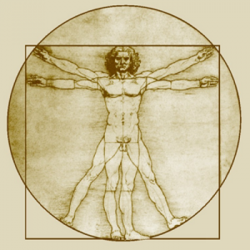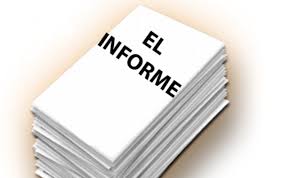 The Epigraphy is a science whose mission is to know and interpret the inscriptions that our ancestors have made opportunely in some structure or surface.
The Epigraphy is a science whose mission is to know and interpret the inscriptions that our ancestors have made opportunely in some structure or surface.
Discipline that deals with studying and interpreting inscriptions that ancestors made on structures and surfaces
When we speak of inscriptions we are referring to any writing made, whether in stone, metal, or any other material plausible to be written and that past civilizations used to express themselves.
Although it is an autonomous science, it also turns out to be an ally and auxiliary of History, since it facilitates the study of inscriptions made on hard materials such as bones, stones, metal, wood and ceramics , among others. Meanwhile, to carry out this question, it will establish interpretation methodologies.
The ultimate goal proposed by Epigraphy interpreting the inscriptions is to obtain as much data as possible about them, who made them, when, where, how, among other considerations.
Essential tool of other disciplines such as history and archeology
According to what the international conventions establish, the fact of having its own epigraphy is the indicative sign that confirms the passage of a culture from prehistoric to historical, for example.
Although we mention history, as the science with which epigraphy is primarily and firstly linked, there are also other disciplines that draw on it to deepen their knowledge and research, such as Archeology, Paleography, Numismatics, the history of religions and even Roman Law.
On the other hand, Epigraphy will specialize according to the historical period and the culture it produces, however the most developed are the Greek, Egyptian, Mayan and Roman.
Depending on the object of the inscription, seven main types have been established: religious, juridical or legal, historical, honorary, sepulchral or funerary, minor, public or monumental inscriptions.
Applications in Ancient Greece and Egypt
Namely, in Ancient Greece it was common to find inscriptions on the doors of buildings, on the lintels of mausoleums, or on the feet of the very statues that had been erected with the mission of commemorating and honoring someone who has carried out or starred in an event relevant to history, or to remember an event that is also important for the community.
In this way, the inscription made that someone or something become eternal and unforgettable for future generations who would know exactly what it did because it was recorded in a place and the mode of engraving would hardly allow its disappearance.
Many were used epigrams, short texts that were written in honor of someone or something.
Meanwhile and in another relevant civilization of antiquity such as the Egyptian, papyrus was used a lot and on it various events and issues inherent to public life and to the uses and customs of the Egyptians were expressed.
It was made from a water plant that was very common in the region, more precisely on the Nile River.
Although it was used to make different tools and elements that were used in everyday life, one of its most popular and widespread uses was as a support for manuscripts. For example, it is considered the most direct antecedent of the current paper.
One of the most famous and relevant Papyri has been the so-called Ebers, which exclusively contained information on Egyptian medicine.
It is a very important source that allows to know diseases and medical prescriptions for eye conditions, for those of the skin, for those that affect the extremities, among others. It would have been written during the important Egyptian 18th Dynasty, considered the most splendid of this civilization and to which pharaohs such as Ramses, Akhenaten and Tutankhamun belonged.









